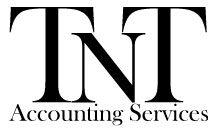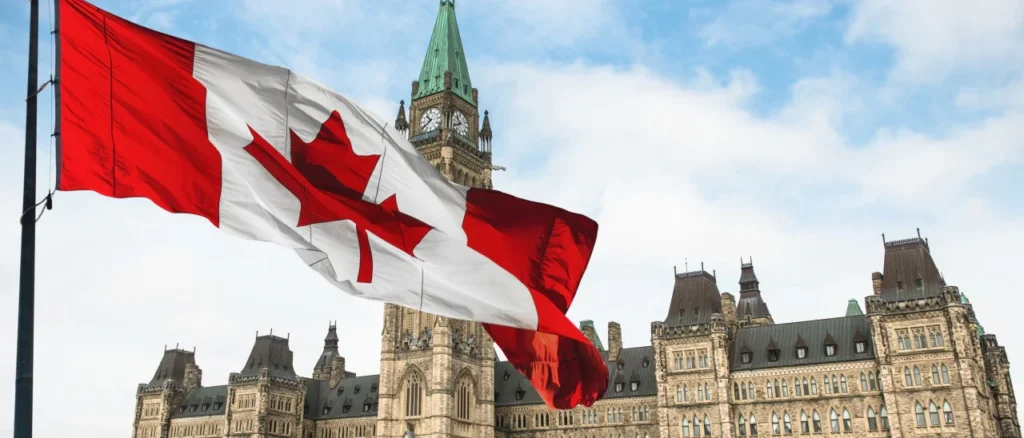What Canadians need to know about new tax measures, credits, and policy changes — and how they could impact your finances.
After a months-long delay, the 2025 federal budget introduced a suite of tax measures that will shape the financial landscape for Canadians in the coming years. While some changes are incremental, others mark significant shifts in policy, with implications for individuals, business owners, and investors alike. Here’s a closer look at the most impactful changes and what they mean for Canadians based on insights from Jamie Golombek’s 2025 federal budget report (PDF, 455 KB)Opens a new window..
Middle-class tax cut: More money in Canadians’ pockets
A headline item is the reduction in the lowest personal income tax rate. Announced earlier in May and now included in Bill C-4, the first marginal personal income tax rate will drop from 15% to 14.5% for 2025, and to 14% in 2026 and beyond. The updated tax brackets and federal tax rates for 2025 are as follows:
| Taxable income | Federal tax rate |
|---|---|
| Up to $57,375 | 14.5% |
| $57,375 – $114,750 | 20.5% |
| $114,750 – $177,882 | 26.0% |
| $177,882 – $253,414 | 29.0% |
| Above $253,414 | 33.0% |
This move is intended to put more money in the pockets of Canadians, particularly those in lower and middle-income brackets. However, a technical quirk threatened to reduce the value of the tax savings of non-refundable tax credits since the value of those credits is also based on the lowest tax bracket. To address this, the government introduced a “Top-up tax credit” designed to ensure that no taxpayer is worse off due to the rate reduction — a targeted fix that will apply from 2025 to 2030.
Home accessibility and medical expense credits: No more “double-dipping”
The Home Accessibility Tax Credit (HATC) and the Medical Expense Tax Credit (METC) have long provided relief to seniors and individuals with disabilities undertaking certain home renovations. Under current rules, it was possible to claim both credits for the same expense. The budget closes this advantage, effective January 1, 2026, meaning that Canadians have until the end of 2025 to make claims under both credits for a single expense.
New support for personal support workers
Recognizing the essential role of personal support workers (PSWs), the budget introduces a temporary refundable tax credit for eligible PSWs working in health care establishments. The credit is worth 5% of eligible earnings, up to $1,100 annually, and will be available from 2026 to 2030. Notably, amounts earned in British Columbia, Newfoundland and Labrador, and the Northwest Territories are excluded, as these provinces have separate agreements in place to increase PSW wages.
Flow-through shares and critical minerals
Flow-through shares let corporations pass certain exploration and development expenses to investors, who can deduct these costs from their taxable income. The Critical Mineral Exploration Tax Credit (CMETC) gives investors a 30% tax credit on eligible mineral exploration expenses. The list of qualifying minerals is expanded in the 2025 budget to include bismuth, cesium, chromium, fluorspar, germanium, indium, manganese, molybdenum, niobium, tantalum, tin, and tungsten. This is designed to bolster Canada’s position in the global supply chain for clean technology and advanced manufacturing.
These new rules apply to flow-through share agreements made after November 4, 2025 and before March 31, 2027. However, the budget cancels a previously proposed change that would have allowed full resource expense deductions under the Alternative Minimum Tax (AMT) regime, which may result in higher taxes for some investors.
Trust planning: Closing loopholes
The “21-year rule” prevents trusts from indefinitely deferring capital gains taxes by deeming a trust to have disposed of its property every 21 years. Although this disposition can be avoided by transferring the property at its cost to beneficiaries, if the transfer is to another trust the original 21-year period will continue to apply. The budget tightens anti-avoidance rules to capture indirect transfers of property between trusts — an area where tax planners have previously found workarounds. This change, effective for transfers after November 4, 2025, underscores the government’s intent to ensure fairness and limit aggressive tax planning.
Repeal of underused housing and luxury taxes
The Underused Housing Tax (UHT), which targeted underused and vacant homes generally owned by non-residents, will be eliminated for the 2025 calendar year and beyond. No UHT will be payable or returns required for 2025 and future years, though obligations for previous years remain.
Similarly, the luxury tax on boats and airplanes, which applied to high-value purchases, will end after November 4, 2025. It will continue to apply to higher-end vehicles.
RRIF minimums: No change for retirees
Despite campaign promises, the budget does not reduce the required minimum withdrawals from Registered Retirement Income Funds (RRIFs). Many seniors had hoped for more flexibility to manage their retirement savings, but for now, the status quo remains.
Business tax measures: Support for manufacturing, cancellation of entrepreneur incentives
To spur investment in manufacturing, the budget introduces temporary immediate expensing for certain new or improved manufacturing and processing buildings. This allows qualifying businesses to deduct 100% of eligible capital costs in the first year, for properties first used before 2030.
However, the previously announced Canadian Entrepreneurs’ Incentive, which would have lowered the tax rate on up to $2 million of capital gains from selling shares of a qualifying corporation over an individual’s lifetime, has been cancelled. The proposed enhanced $1.25 million lifetime capital gains exemption remains.
Administrative changes: Automatic filing and bare trust reporting
Our tax system relies on self-reporting, which means some low-income Canadians may miss out on income-tested government benefits simply because they don’t file a tax return. The budget proposes a solution: the CRA will be able to automatically file a tax return for eligible individuals whose income comes from sources already reported to the CRA, and who haven’t filed a return in the last three years. Before filing, the CRA will send the taxpayer the information it has, giving them 90 days to make changes or opt out. This could start as early as the 2026 tax season.
Meanwhile, the requirement for bare trusts to file tax returns has been delayed until 2026, giving trustees some breathing room to prepare the returns.
What it all means
For Canadians, the 2025 federal budget delivers a combination of tax relief, targeted credits, and tighter rules designed to close loopholes and promote fairness. As always, those affected by the changes should consult a tax professional to understand the implications for their specific circumstances. To discuss how these changes may affect your own goals and financial plans, speak with a CIBC advisor for personalized advice and support.


